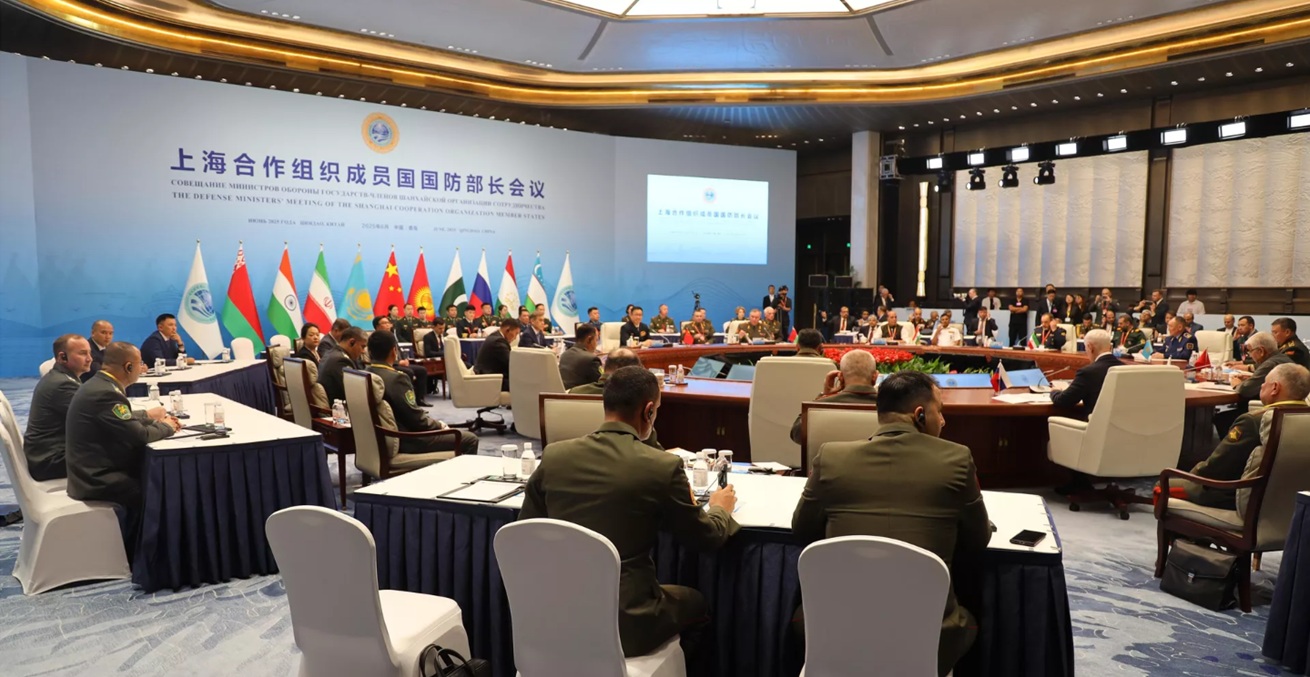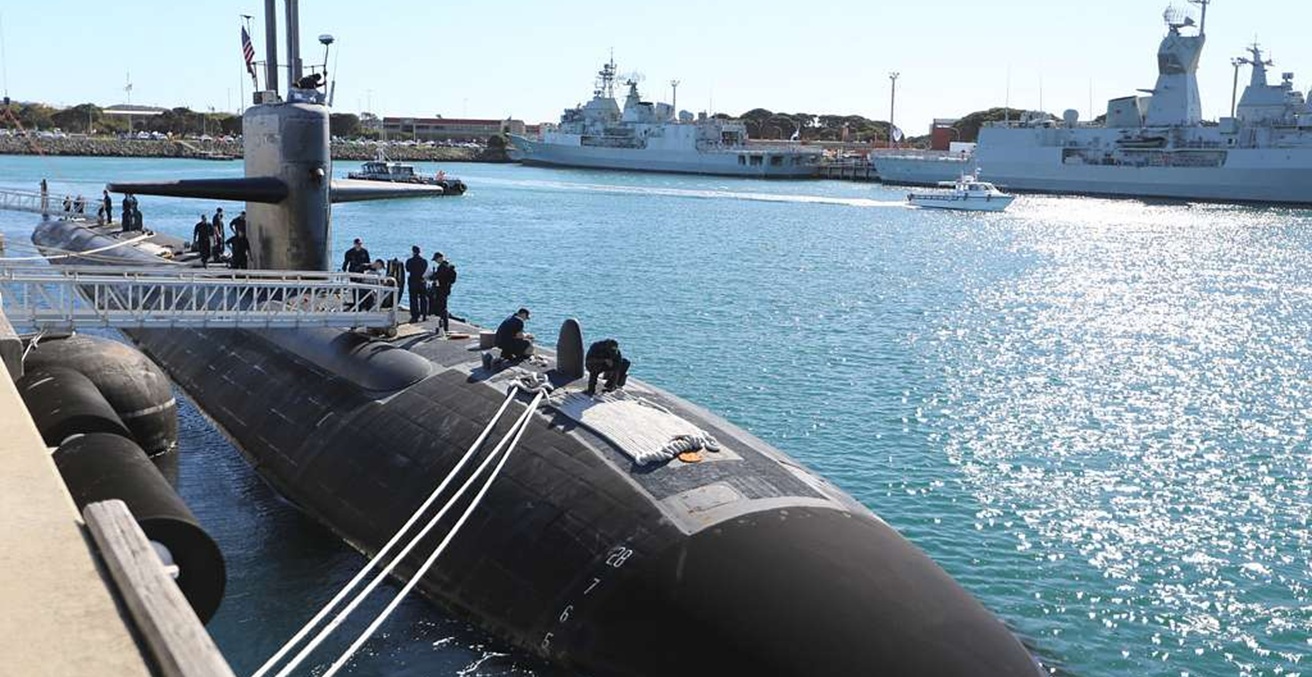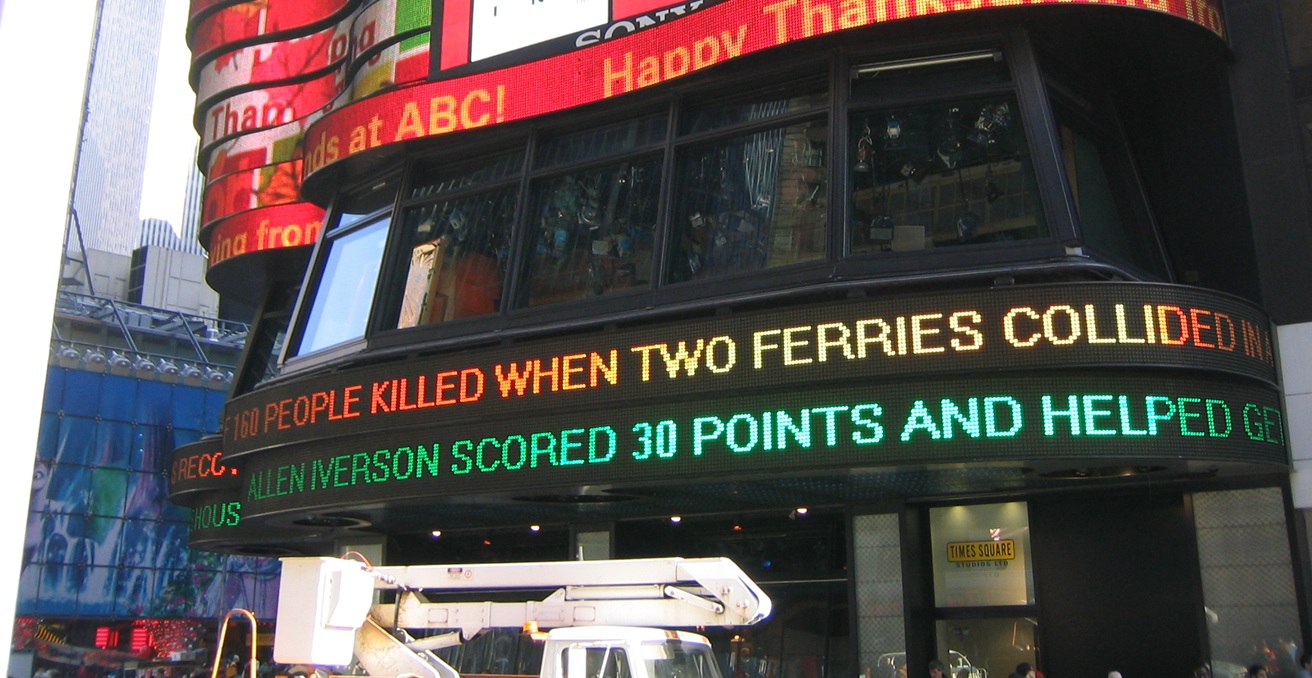Both Washington and Tehran want to restore the 2015 Iran nuclear deal before Iran’s new hard-line president takes office next month. But even if they succeed, will a revived agreement have much value?
Since April this year, six rounds of indirect talks have taken place in Vienna between US and Iranian negotiators aimed at restoring both sides’ compliance with the terms of the 2015 Iran nuclear agreement. The agreement (formally named the Joint Comprehensive Plan of Action – JCPOA) was also signed by the other permanent members of the UN Security Council (the UK, France, China, and Russia) and Germany. Representatives of these states have been in Vienna as mediators through whom the US and Iran have passed their proposals. The JCPOA placed limits on Iran’s nuclear program in return for the Security Council’s lifting of economic sanctions, including exports of oil, Iran’s main source of revenue.
The deal was thrown into disarray in 2018 when President Donald Trump unilaterally withdrew the US from the agreement and reimposed US sanctions on Iran – despite IAEA inspections showing Iran in compliance. Trump’s action included secondary sanctions on other countries if they dealt with Iran, effectively binding all countries that trade with the US. His administration also started a campaign of “maximum pressure” on Iran, imposing further unilateral sanctions aimed at bringing down the clerical regime.
In retaliation, and to encourage the other JCPOA signatories to pressure the US to return to the deal, Iran resumed much of the nuclear program it had suspended until then in compliance with the agreement. During his election campaign last year, President Joe Biden undertook to restore US participation in the deal. He argued that Trump’s action had been “reckless.”
Logically, the US and Iran should have been able to agree quickly on a return to the status quo ante. Both sides wanted it. The US sought Iran’s renewed compliance with the 2015 restrictions. Iran wanted removal of sanctions, which have seriously hurt its economy. The problem is that much has changed in the intervening six years – particularly since Trump’s action in 2018. Putting Iran back in the JCPOA “box” is not a simple matter.
The JCPOA placed substantial limits on Iran’s enrichment of uranium – to 3.67 percent purity, a low level at which it can be used only for peaceful purposes. An enrichment level of 90 percent is necessary for weapons production. It also placed a ten-year limit, till 2025, on the number and type of centrifuges Iran could use to enrich uranium, and on its research and development of more advanced equipment. Moreover, it removed 97 percent of Iran’s existing stockpile of enriched uranium and placed a cap of 300 kilograms on the amount of low-enriched uranium Iran could store till 2030.
All this was to be monitored in person and remotely by IAEA inspectors, with continuous video surveillance of the nuclear program available to them between site visits. If Iran adhered to these restrictions, its capacity to make nuclear weapons would be significantly curtailed.
Since Trump’s withdrawal of the US from the JCPOA, Iran has built up its stockpile of low-enriched uranium to 3,000 kilograms – ten times the prescribed amount. It has begun using more centrifuges, including some of a more advanced type than is allowed. It has resumed enriching uranium to 20 percent purity and started to produce smaller quantities of 60 percent enriched uranium.
Because of the design of the centrifuges, the steps from 20 percent purity to 90 percent are faster than those at the early stages of the enrichment process. Nuclear experts estimate that once Iran has produced 170 kilograms of 20 percent enriched uranium, it would be able to produce one bomb’s worth – 25 kilograms of weapons-grade uranium – in less than two months. Iran has said it plans to produce 120 kilograms of 20 percent enriched uranium during 2021.
Moreover, on 6 July Iran told the IAEA that it is planning to produce 20 percent enriched uranium metal. This is a serious development. Though uranium metal can be used for peaceful purposes, it could also form the core of a nuclear weapon. The decision was strongly criticised by US and European officials as complicating and potentially torpedoing the Vienna negotiations.
Pressure on the US
The move is obviously meant to put further pressure on the US negotiators. The Iranian Foreign Ministry claimed the following day that it would reverse the step, as well as other breaches of the JCPOA, as soon as sanctions were lifted. Biden also has domestic factors to consider. He needs to emerge from the negotiations with some improvements to the 2015 agreement in order to counter inevitable criticism from Republicans that he has sold out to Tehran.
The Republicans opposed the original Obama deal, as did Israel and the major Gulf monarchies, particularly Saudi Arabia. They are highly likely to join forces in lambasting any revived agreement. In April an explosion in Iran’s nuclear facility at Natanz was widely attributed to Israel, which has made clear it wants the Vienna negotiations to fail.
Biden’s strategy appears to have been to get the original deal back in place, with a mutual undertaking that there will be further negotiations on other issues of US concern, such as Iran’s missile program and support for anti-US militias in neighbouring Middle East states. That appears a forlorn hope as Iran’s president-elect, Ebrahim Raisi, a hard-liner already under US sanctions, explicitly ruled out Iranian concessions on these issues at his first media conference after his election. Iran has also demanded that Biden commit future US administrations to adhere to the JCPOA – an obvious impossibility.
Importantly, however, Raisi supported continuation of the Vienna negotiations – indicating the regime places a priority on lifting of sanctions. Iran analysts have also suggested that the Supreme Leader, Ali Khamenei, wants an agreement in place before current President Hassan Rouhani leaves office in early August – thus absolving Raisi of responsibility if the deal again unravels.
Moreover, various leaks and comments from the Vienna negotiators have indicated that the six rounds of talks to date have yielded substantial progress on workarounds to reconcile both sides’ positions. The key indicator that a deal is on will be announcement of a date for a seventh round of negotiations. If that does not happen within the next couple of weeks, the talks are likely to remain stalled for some time into Raisi’s presidency.
But what will be the value of a revived agreement given the scientific knowledge Iran has accumulated since 2018 and the practical experience it has gained in centrifuge construction and orientation of its nuclear program towards weapons construction? The substantive parts of the JCPOA now have only four years to run. Whether the agreement is restored or not, the question of how the international community can contain Iran’s nuclear ambitions won’t go away.
Ian Parmeter worked for 37 years in the Department of Foreign Affairs and Trade), the Department of the Prime Minister and Cabinet, and the Office of National Assessments. He is currently a Research Scholar at the Centre for Arab and Islamic Studies, Australian National University. He can be contacted at ian.parmeter@anu.edu.au.
This article is published under a Creative Commons Licence and may be republished with attribution.




